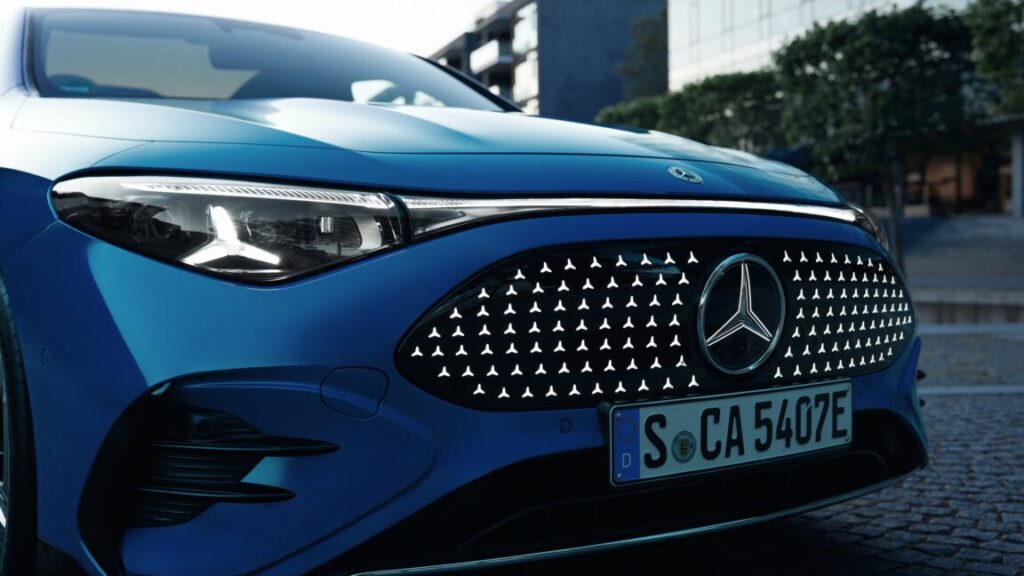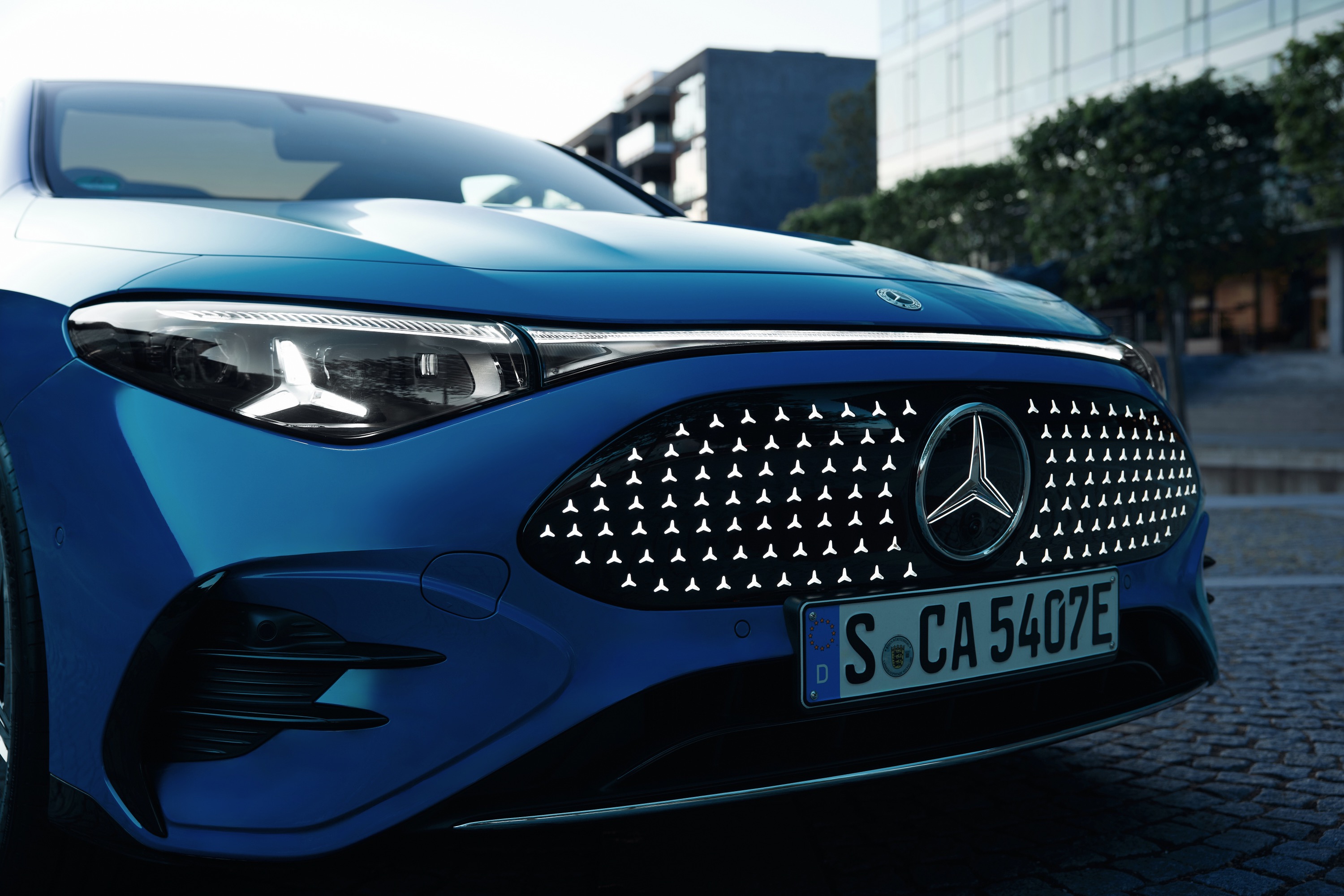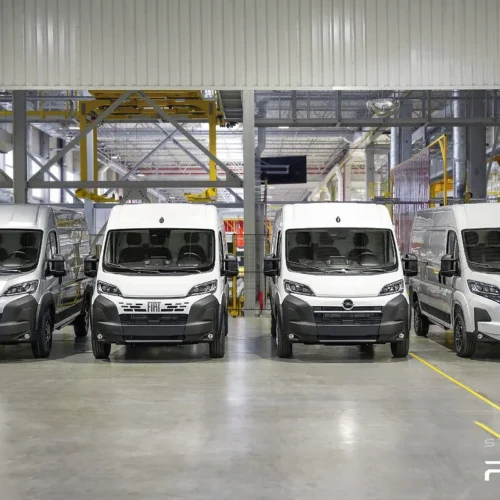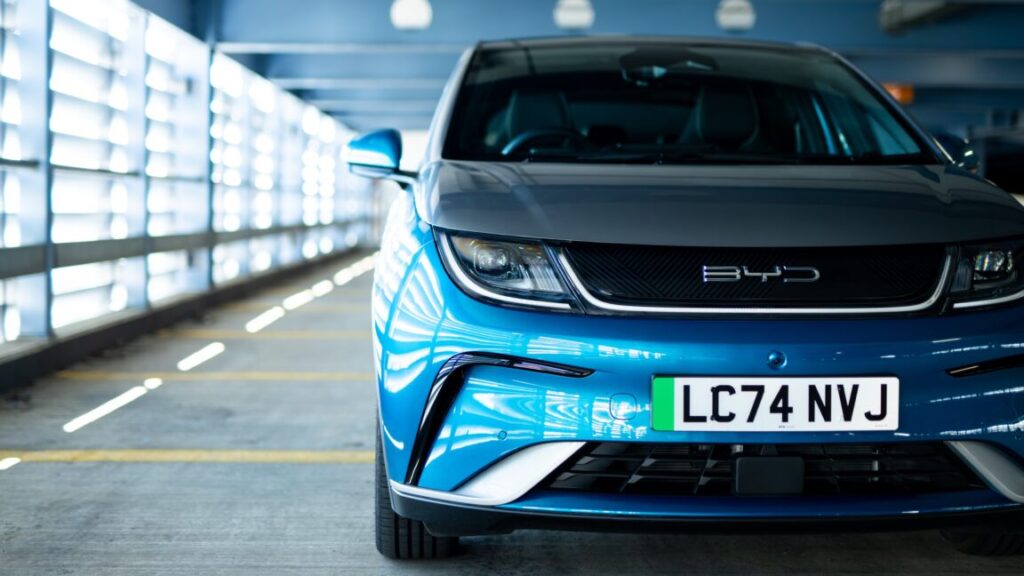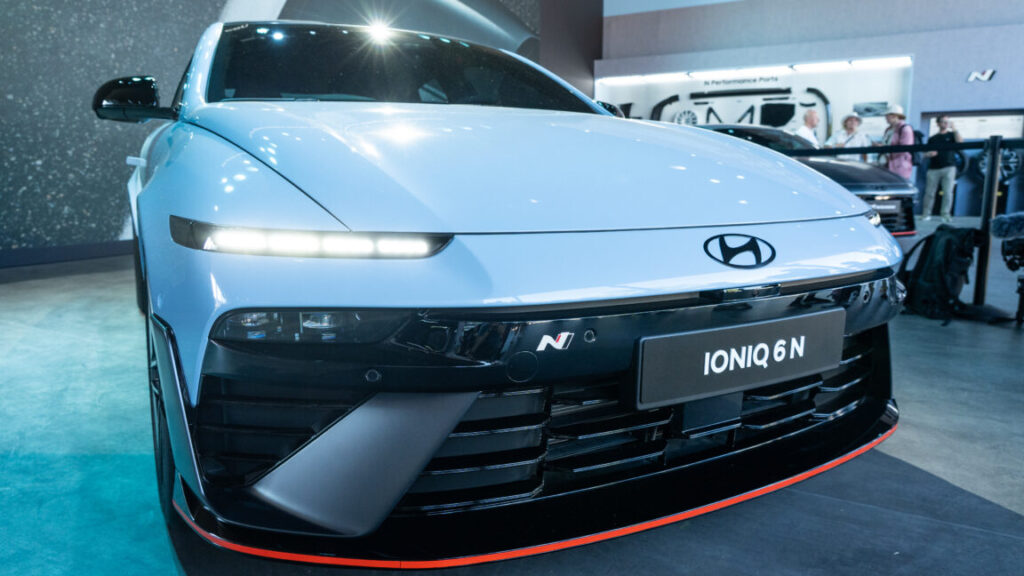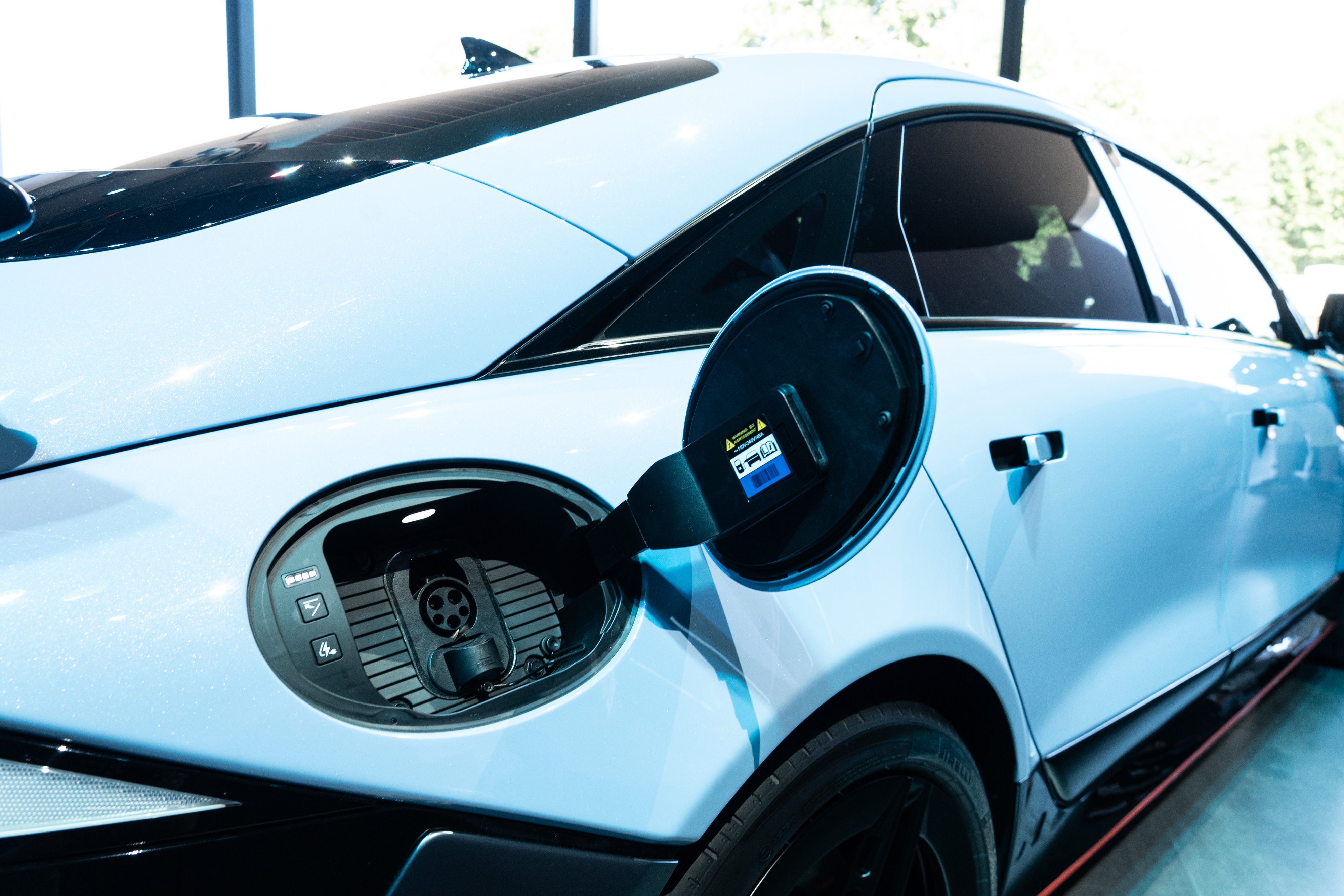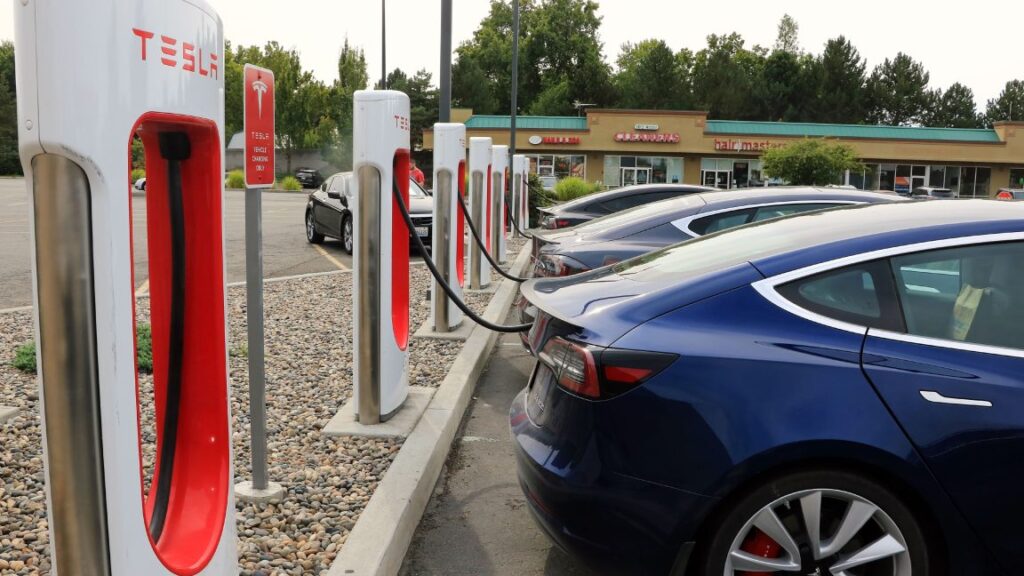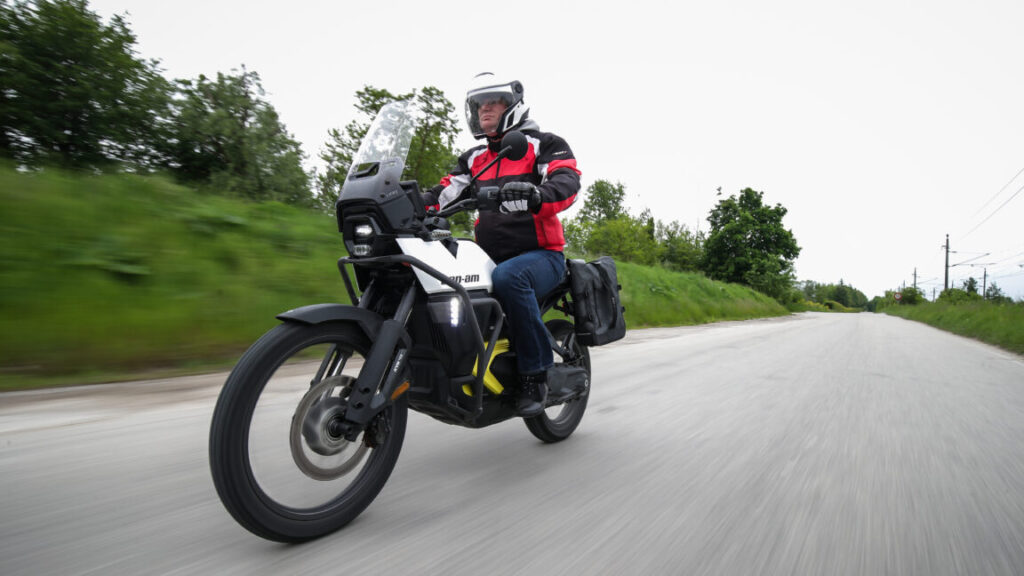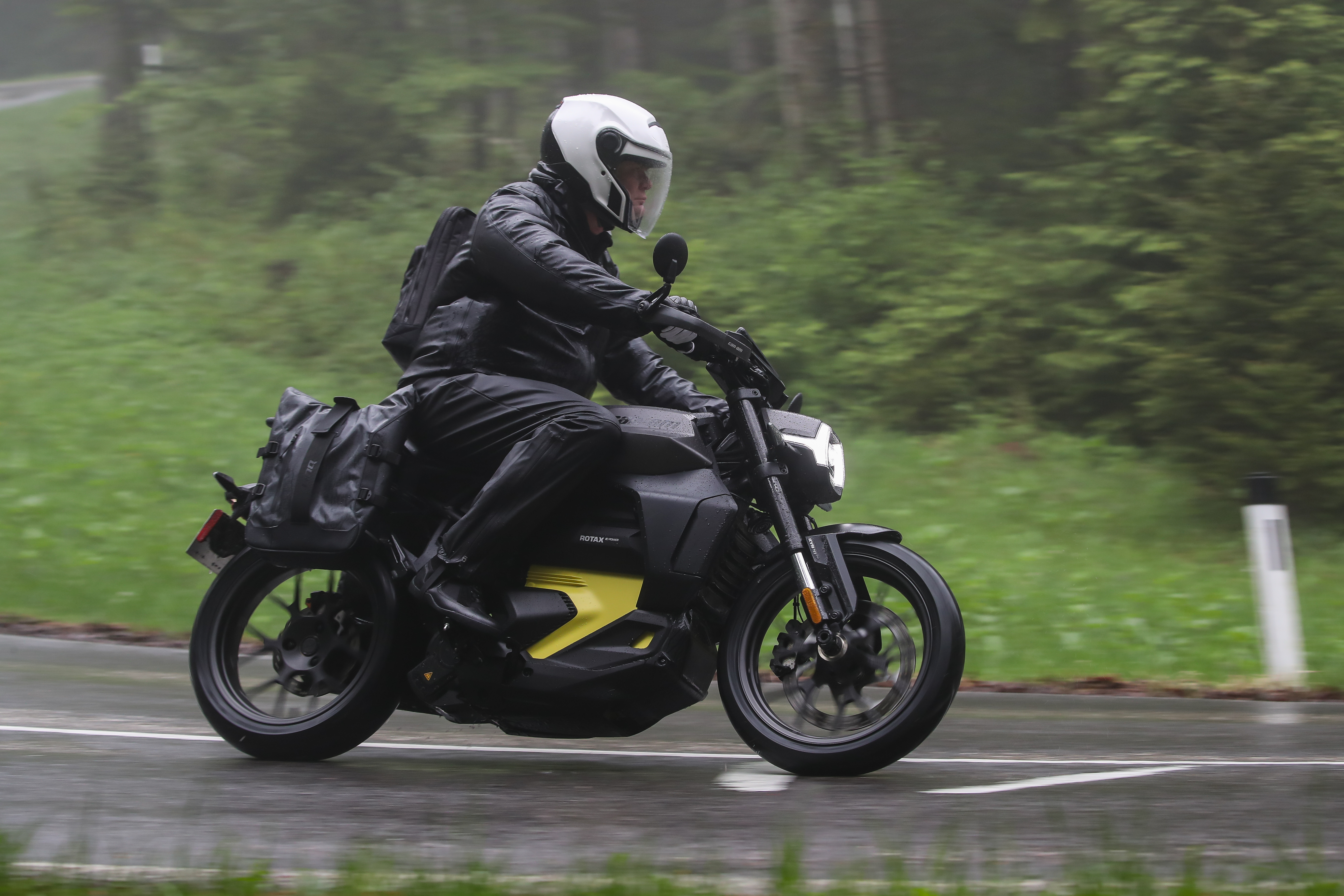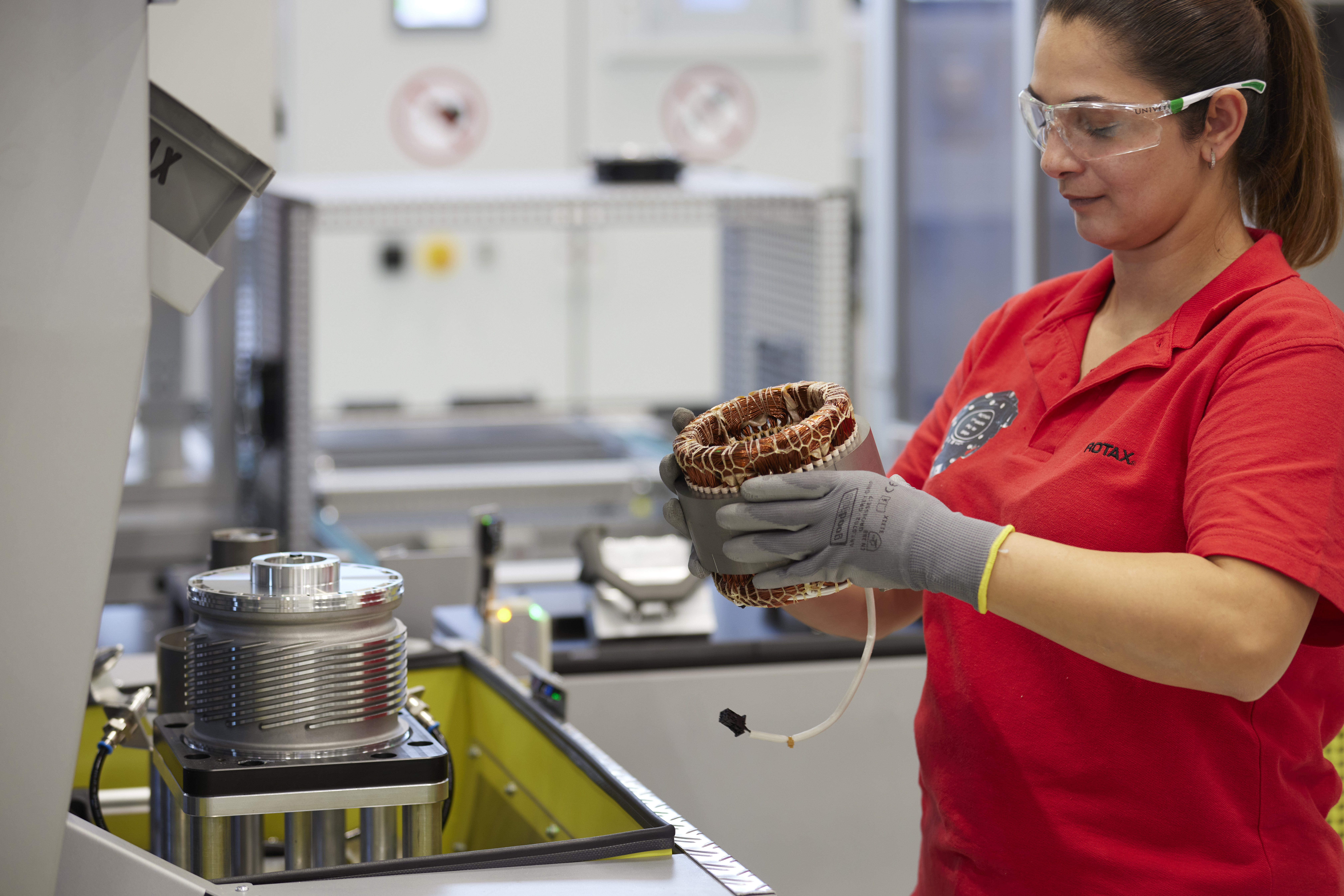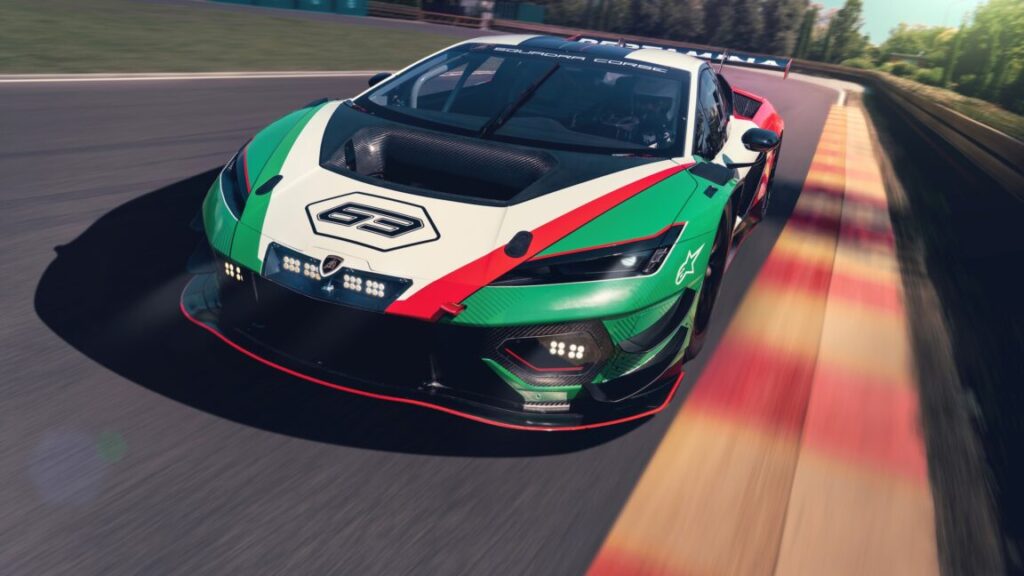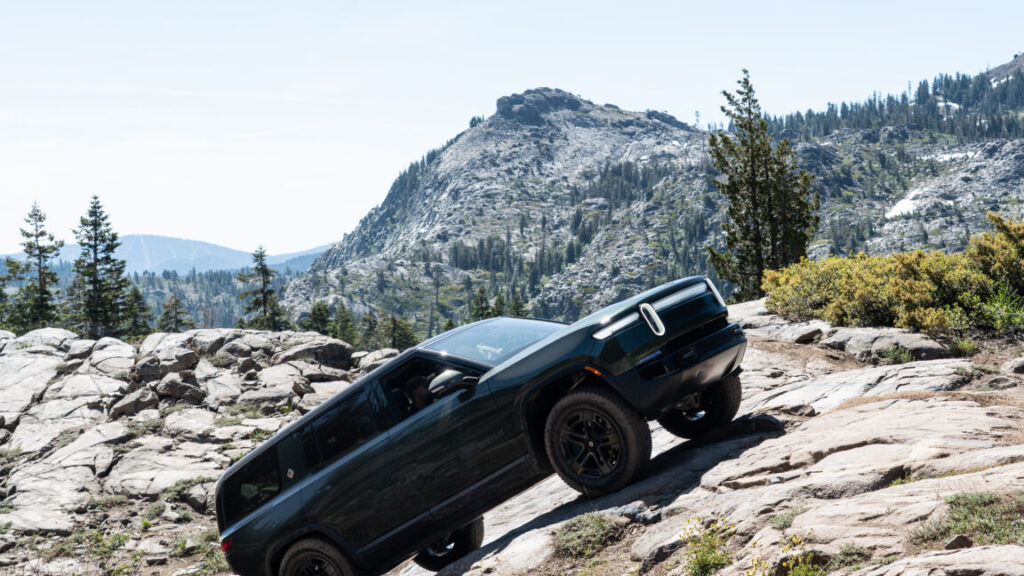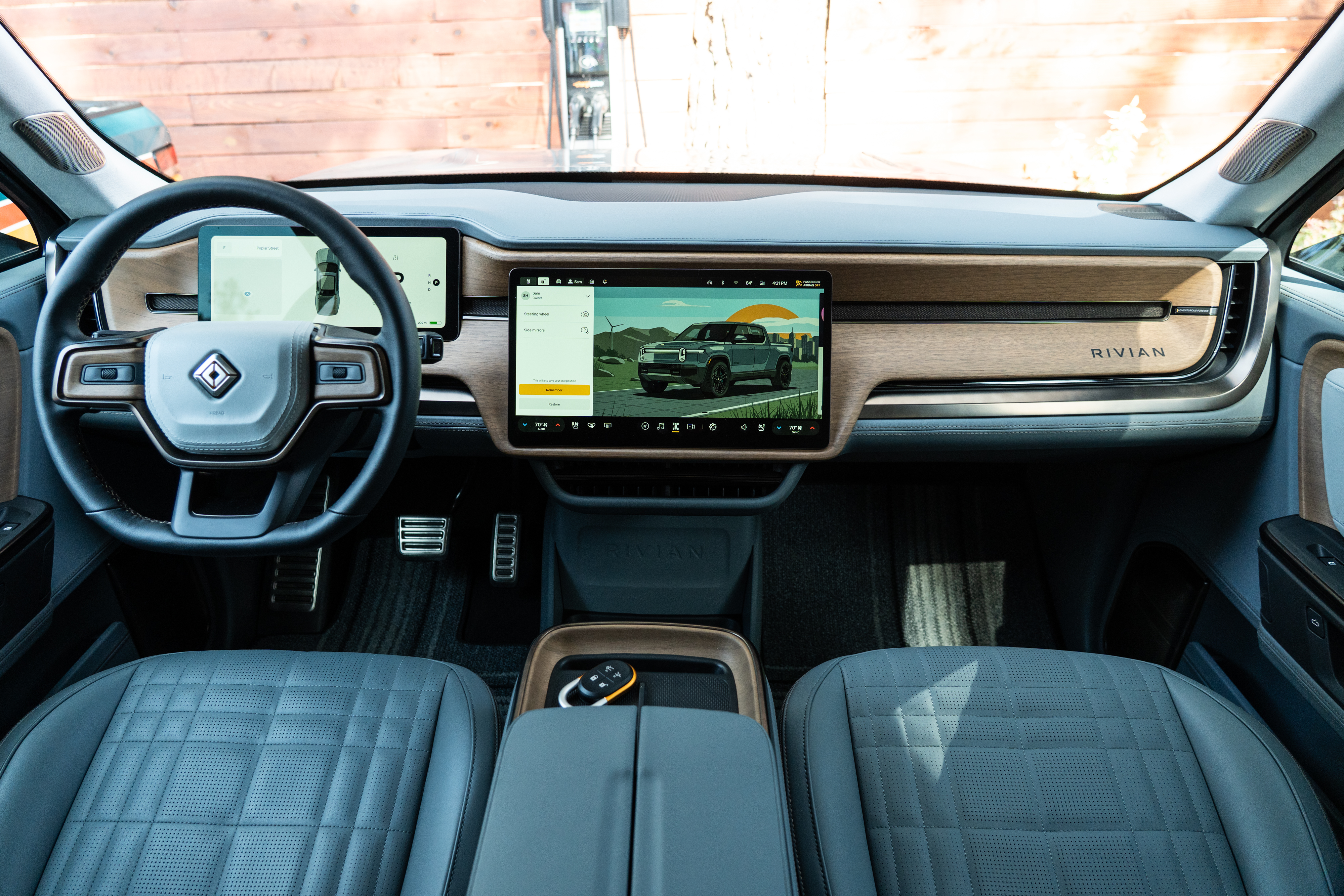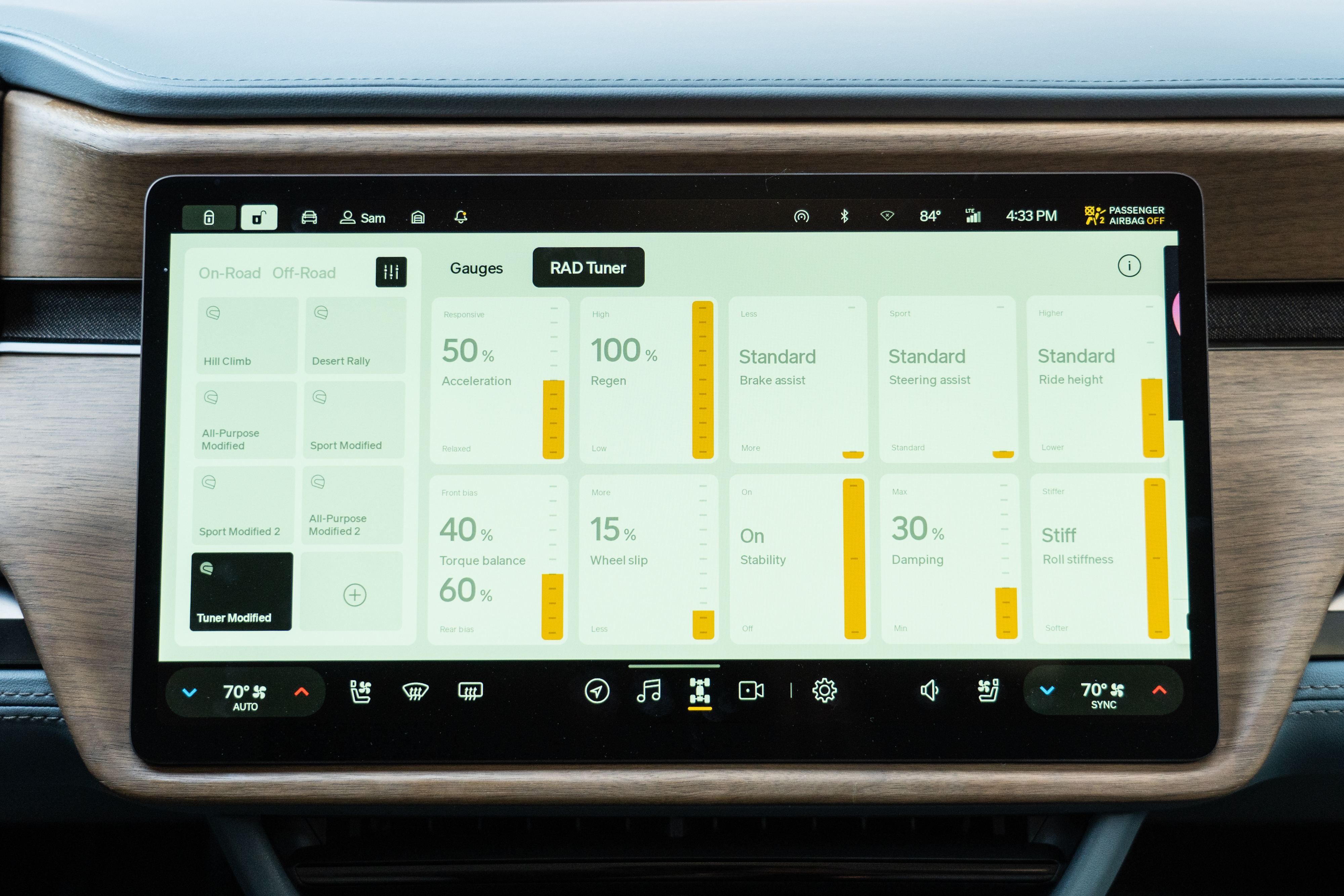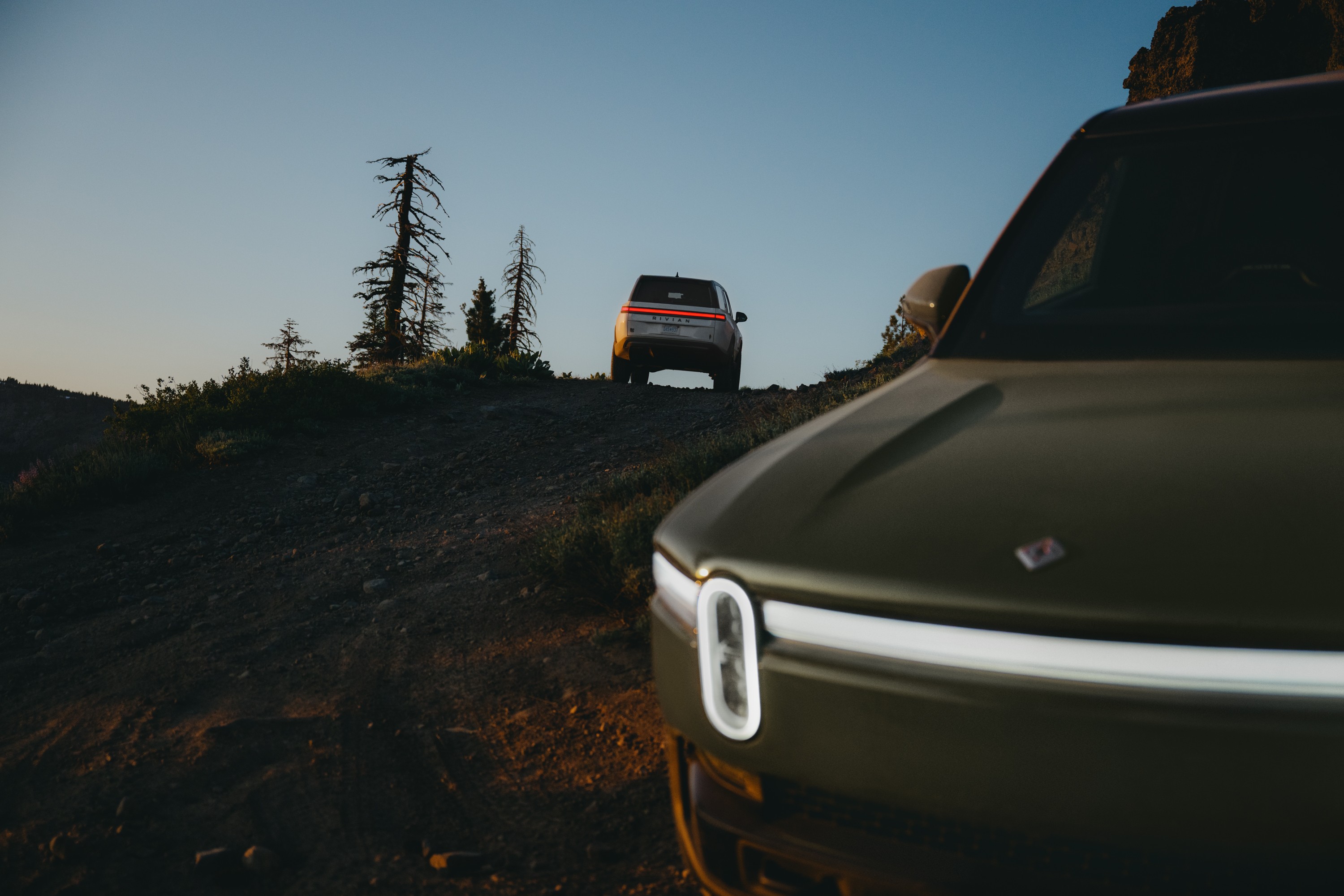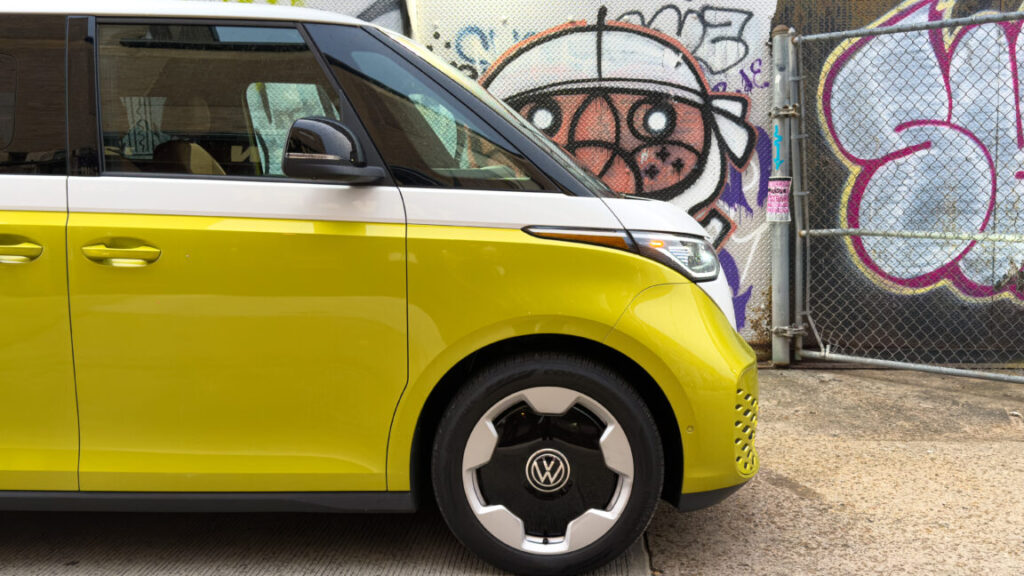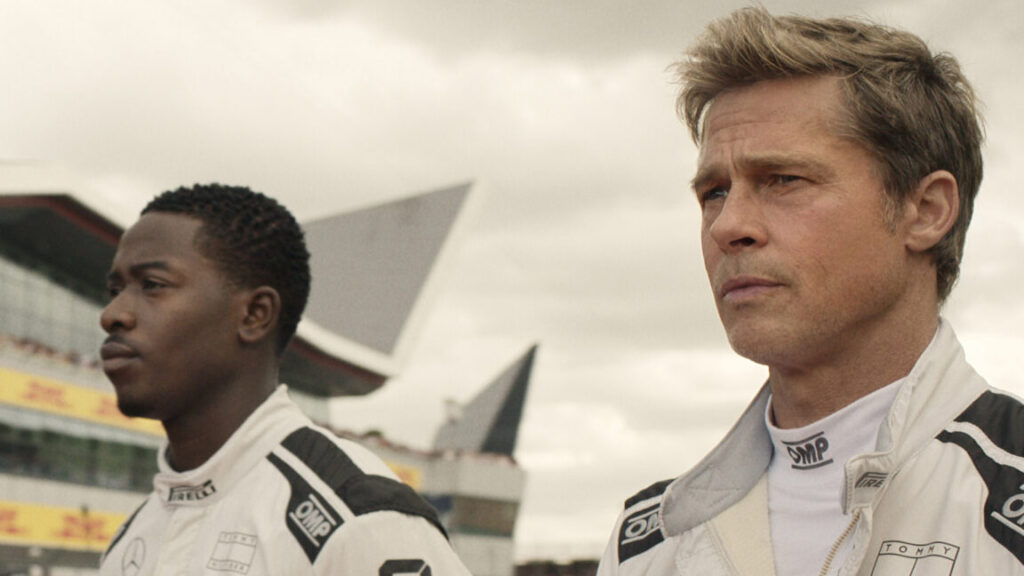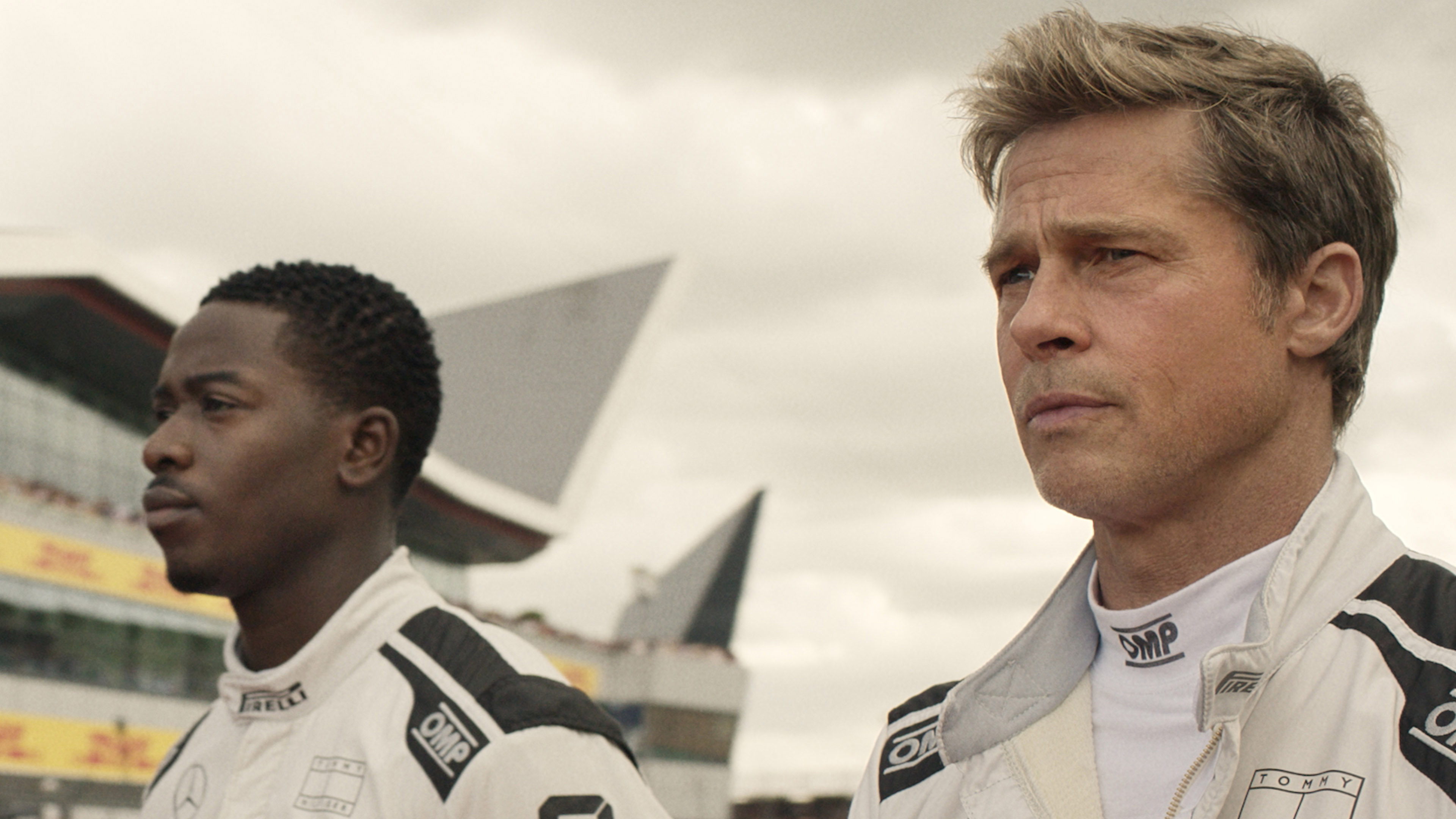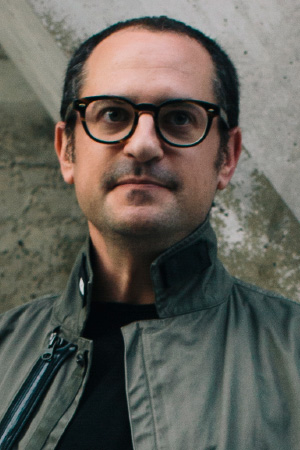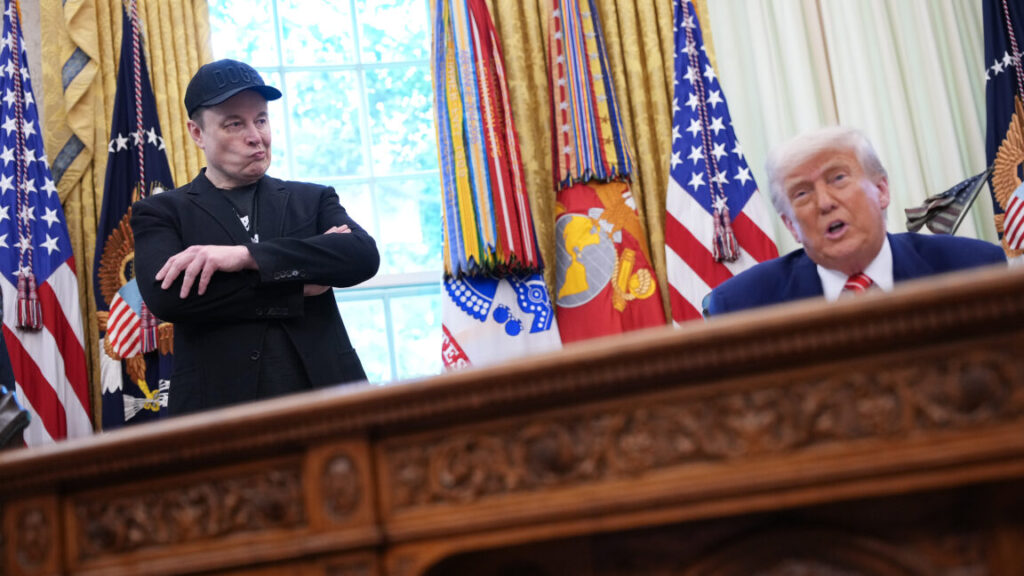2026 Mercedes-Benz CLA feels like a real car, not a science experiment
Mercedes’ new 800 V electric powertrain is ready for the public, and we’ve driven it.
Mercedes-Benz has high hopes for its new EV technology, which debuts in the 2026 CLA. Credit: Mercedes-Benz
The Mercedes-Benz CLA is a marked departure from Mercedes’ EV efforts. Instead of a dedicated line of EQ vehicles—like the EQB, EQC, and EQS—we’re getting vehicles “with EQ Technology.” It started with the electric G Wagon, but the CLA is the first mainstream product to make the change. The thing is that the change is significant and for the better. Several months ago, we got some time in a prototype CLA; now we’ve driven the final product.
The CLA returns for the 2026 model year as an EV first (with a hybrid coming) on an all-new 800-volt architecture. This architecture will find its way to other Mercedes vehicles, like the upcoming GLB and GLC. This thoroughly modern setup features some of the company’s biggest innovations.
The CLA will be available with either one or two electric motors, with a two-speed setup for efficiency and performance. The 250+ base model makes 268 hp (200 kW) and 247 lb-ft (335 Nm) of torque. Mercedes is claiming up to 792 km of range with this model on the WLTP cycle. Accounting for WLTP’s optimism, it’s still possible we might see an EPA-rated range over 400 miles, but Mercedes isn’t quoting any real numbers yet.
Not quite a sedan, more like a four-door coupe. Mercedes-Benz
The dual motor, all-wheel drive 4Matic variant, makes 349 hp ( 260 kW) and 380 lb-ft (515 Nm) of torque. It also has a two-speed setup. The WLTP estimate from Mercedes here is up to 771 km, which would still be potentially 400 miles under EPA testing in the real world.
Peak DC fast charging is 320 kW, with a 10–80 percent charging time of 22 minutes for the 85 kWh usable lithium-ion battery pack. For comparison, the current EQB peaks at just 110 kW.
Two charge ports
Like the upcoming Nissan Leaf, the charge connector situation will be a little weird on the CLA. It’ll have a standard SAE J-1772 plug for level 2 charging, but sitting next to it, behind the charging door, is also a NACS connector for DC fast charging. It’s not my favorite solution to the problem. If you were to switch from a Model 3 to a CLA, you might already have a Tesla charger in your garage, and you’ll need an adapter for the J-plug, but we are in a strange transitional time for all of this. At least they’re on the same side of the car.
Some early cars making their way to the United States will only support 800 V DC fast charging stations. Those would include Mercedes’ own stations, along with Ionna. But those early cars won’t work on the nation’s biggest 400 V network, Tesla Superchargers.
Mercedes tells us that these early cars will be limited to demonstration vehicles, with customer vehicles early next year supporting both 400 V and 800 V chargers.
“After the initial limited delivery of cars late this year for demonstration of the CLA’s fast-charging abilities, 2026 US customer orders from early next year will feature a converter and be capable of charging at 400 V and faster 800 V, meaning the largest number of US charging points, currently over 140,000.”
Customers shouldn’t have to think about it when they receive their own cars, which is ultimately what matters the most. It does, however, highlight some of the challenges of developing EVs in a fast-changing environment.
Finally, a hood that opens
The CLA with EQ Technology has some new changes for Mercedes in the cargo capacity department, too. It’s the first Mercedes with a frunk since the W23 of the 1930s. It was silly to offer a hood on a car that is bolted shut, so it’s nice to not only see Mercedes change course on that but also provide 2.5 cubic feet (71 L) of storage up there.
The cockpit layout is similar to the EQ Mercedes EVs. Mercedes-Benz
That gives the CLA overall cargo capacity of 18.7 cubic feet (530 L) between the frunk and the trunk. The trunk swallows two people’s luggage without much issue, but the load lift into the trunk is pretty high. This is not uncommon for a proper sedan, but it is noticeable.
Speaking of being a proper sedan, the new CLA is 1.3 inches (33 mm) longer than the old car, with a 2.4-inch (61 mm) longer wheelbase. It also has more headroom for both front and rear passengers and is a comfortable place to spend time once you get settled.
Our test models all had the AMG Line package, which included sportier seats that are actually quite comfortable. The cabin gives you a feeling of being cocooned in the car, but it doesn’t feel cramped or claustrophobic.
When you look ahead, you have an optional heads-up display and Mercedes’ new MBUX Superscreen. This is a 10.25-inch driver display, a 14-inch center display, and a 14-inch passenger display. They are all powered by MB.OS and Unity Game Engine. The new infotainment includes support for apps, like Disney+ and Angry Birds. The driver can access these while parked, but the passenger can use their display while the vehicle is in motion.

Less eye-catching colors are available. Credit: Mercedes-Benz
While playing Angry Birds, I couldn’t help but notice how good-looking the passenger screen was. In fact, all the screens have excellent contrast and color reproduction, which is partly due to their lack of a screen filter that normally prevents the driver from seeing the screen.
Keep your eyes on the road
However, in the CLA, the passenger display is initially visible to the driver. The camera mounted above the center display, which is also used for features like video conferencing or in-car selfies, watches the driver. If the driver looks toward the passenger display, the screen will be disabled until the driver pays attention to the road again. It’s an interesting way to solve the driver distraction problem while not ruining how the screen looks.
Star Wars’ Andor looks and sounds pretty good with the Burmeister sound system, even if it’s in Danish by default—because we’re in Copenhagen—and I don’t know Danish.
My biggest complaint about the new infotainment system in these versions is huge bezel on the center screen. Some of the bezel is needed for the camera, but in 2025, it comes across as being a bit cheap. They look great, just the bezel doesn’t. I wouldn’t be surprised if upgraded displays in higher-end future models expand to fill those gaps.
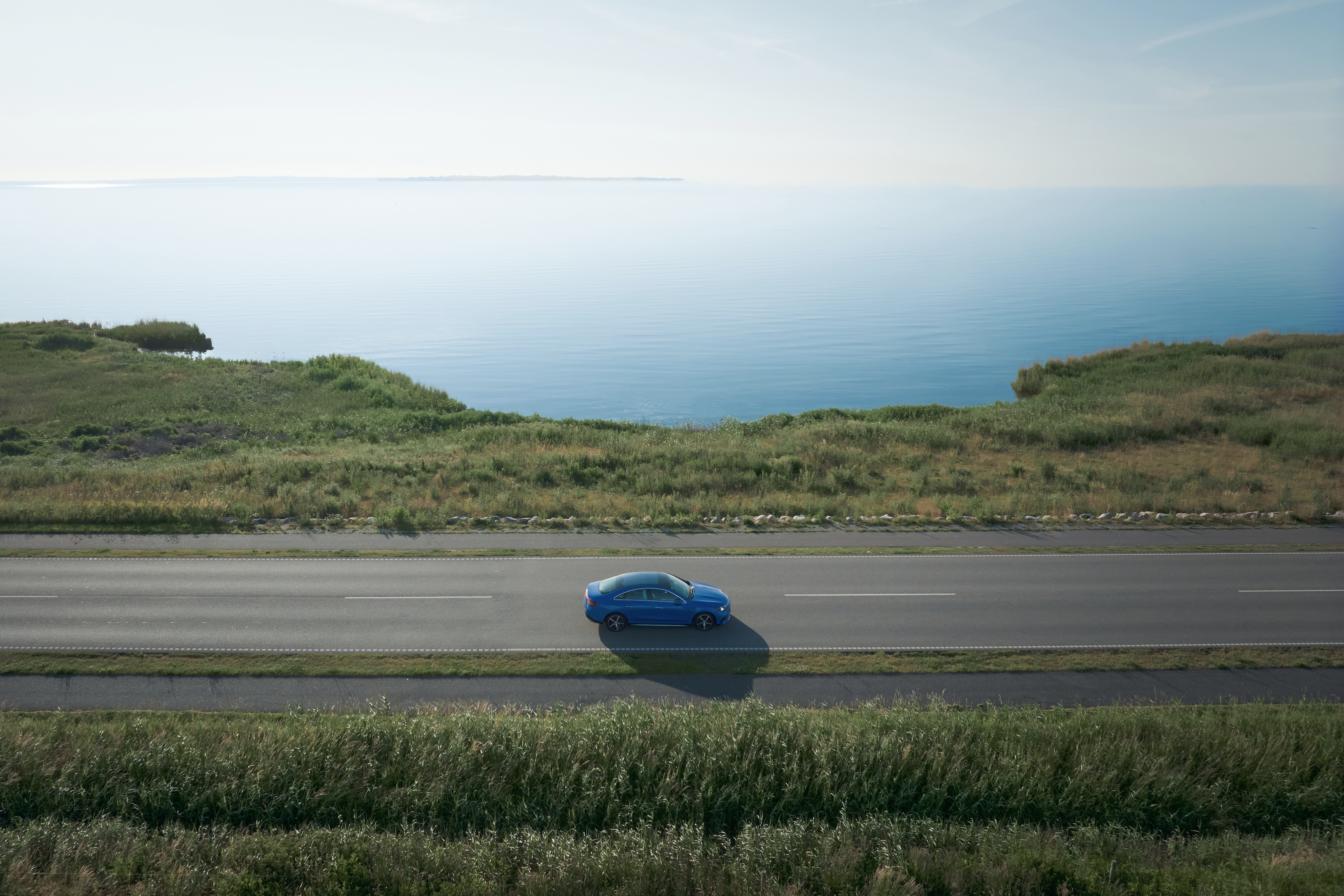
We’ll need to spend some time with the CLA on familiar roads before we can truly judge its efficiency. Credit: Mercedes-Benz
Driving the new CLA is a pleasant experience. The 250+ has plenty of grunt for most of the driving normal people do. The two-speed setup operates seamlessly, and at no point did I feel the need for more power.
If you want more power, or more importantly, all-wheel drive, the 350 4Matic delivers. In the normal driving mode, acceleration is even more brisk, but it doesn’t snap your head back. Put the car into the Sport setting, and you get all the acceleration you could really want. Yes, there’ll be more powerful versions in the future. But a 4.8-second run to 60 mph in a non-performance car is plenty.
That’s smooth
The country roads outside Copenhagen don’t offer many opportunities to really push the car to its limits, but ride comfort is excellent. Only when we hit a manhole cover on a torn-up street did I feel like I was driving an entry-level vehicle.
On the other hand, I didn’t feel the need or desire to switch over to the car’s sport mode. With a standard fixed suspension, little changes when you engage the setting (except unlocking the full acceleration power), and frankly, it never felt necessary.
That’s not to say the car isn’t fun or isn’t any good. On the contrary, I could spend a lot of time in one of these and be quite happy with it. However, there’s room to add an AMG variant that really cranks up the performance.
As for looks, I find the car attractive without being too much. I think the darker colors, look better on this car than the lighter ones, as the front grille looks a little busy with lighter colors. I find the car more attractive in person than in photos, and while I wasn’t a fan of the TriStar motif in the rear taillights, it has grown on me.
I haven’t driven the G580, but the GLC prototype I drove last month and the CLA feel different. Unlike previous Mercedes EVs, these feel like cars and not just science experiments. Yes, the technology is all there, but the one thing that BMW was able to do on its EVs that previous EQs lacked was delivering a driving experience that felt like it wasn’t exclusively dictated by math. There’s also no word on pricing yet.
The CLA with EQ Technology might be a mouthful, but it represents a significant leap forward.
2026 Mercedes-Benz CLA feels like a real car, not a science experiment Read More »
